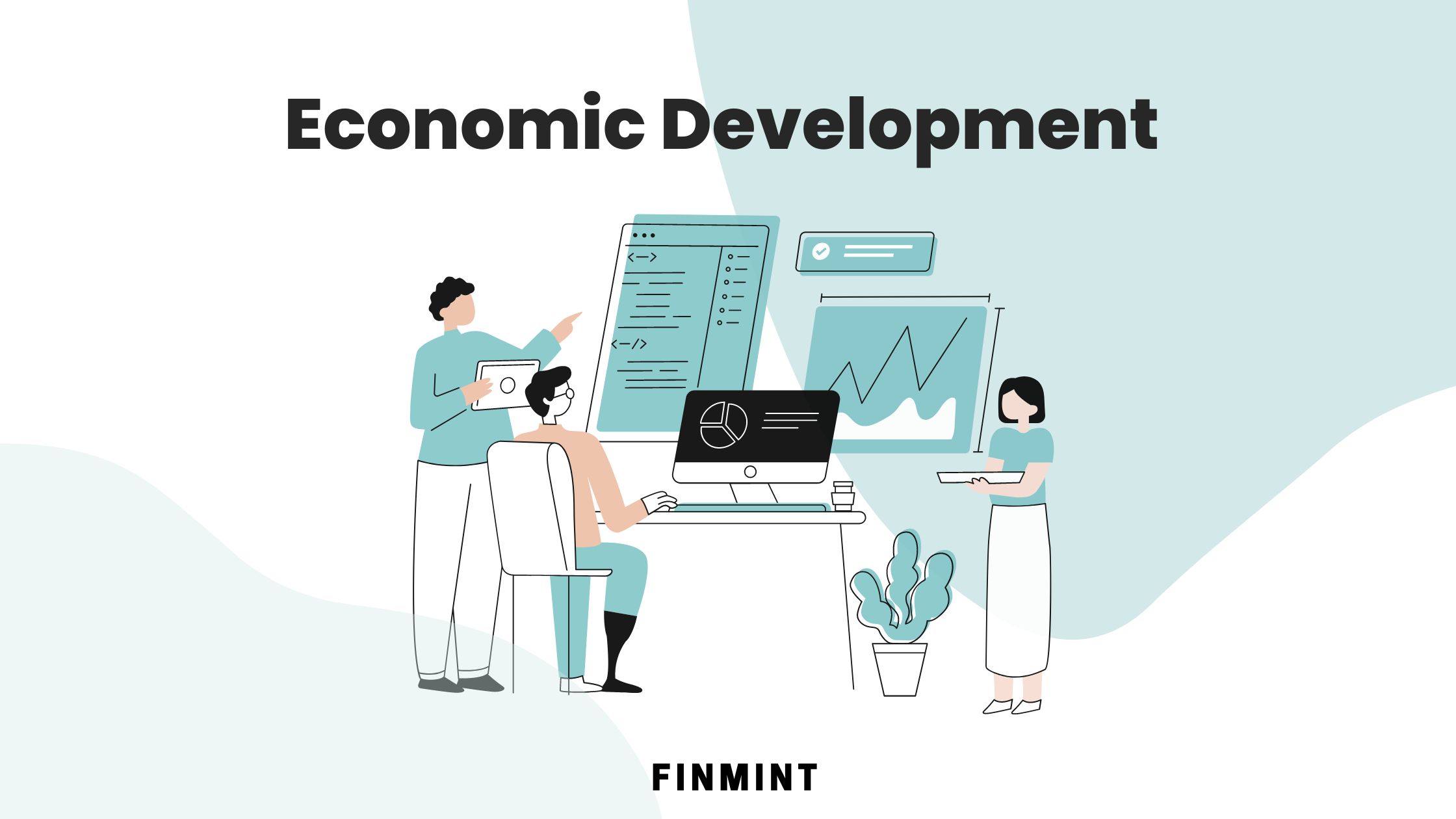-

The Lean Startup Method: How to Build a Business that Emphasizes Agility, Flexibility, and Experimentation
Starting a new business can be a daunting task, with entrepreneurs facing a high degree of uncertainty and risk. To help mitigate these challenges, many entrepreneurs are turning to the Lean Startup method. This approach emphasizes agility, flexibility, and experimentation, and can help businesses quickly test and validate their ideas, iterate on…
-

The Blue Ocean Strategy: How to Create a Market Space with No Competition
Have you ever wondered why some businesses seem to effortlessly thrive while others struggle to survive? One reason may be their approach to strategy. Traditional business strategies focus on outperforming competitors in existing markets, but what if you could create a market space with little to no competition? That’s where the blue…
-

Understanding the Triple Bottom Line (TBL) Framework
The Triple Bottom Line (TBL) is a framework for evaluating a business’s performance in three areas: social, environmental, and financial. The concept of TBL was first introduced by John Elkington in 1994 as way of promoting sustainable business practices, encouraging companies to look beyond their financial bottom line and take responsibility for…
-

Navigating Burnout and Mental Health in Entrepreneurship
Entrepreneurial burnout is a real and significant issue that can take a toll on the founder’s mental health and the success of the business. In this article, we explore the causes and symptoms of burnout in entrepreneurs and offer practical strategies for preventing it. By prioritizing self-care, setting realistic goals, seeking support,…
-

Emotional Intelligence: The Key to Successful Business Leadership
Emotional intelligence (EI) is a critical skill for effective leadership, particularly in the business world. While traditional leadership theories focus on technical and analytical skills, emotional intelligence is increasingly recognized as an important factor in successful business leadership. In this article, we will explore the importance of emotional intelligence in business leadership,…
-

Navigating the Ethics of Data Collection and Privacy in Business
In today’s digital age, data has become a valuable currency for businesses of all sizes. By collecting and analyzing customer data, businesses can gain insights into their customers’ preferences, behaviors, and needs, and use this information to improve their products and services. However, as the amount of data collected by businesses continues…
-

The Coworking Revolution: How Shared Spaces Are Transforming the Small Business Landscape
Coworking spaces have become increasingly popular in recent years, particularly among small businesses and entrepreneurs. A coworking space is a shared workspace where individuals and companies can rent a desk or office space, along with access to amenities like meeting rooms, high-speed internet, and other resources. While coworking spaces offer many benefits…
-

Get SMART: How to Set Achievable Business Goals
Setting goals is crucial for driving success in business. Goals provide direction, motivation, and a sense of purpose for your team. However, setting effective goals can be challenging, especially when it comes to defining the specifics of what you want to achieve. That’s where the SMART goal-setting framework comes in. By using…
-

From Developing to Developed: The Factors That Drive Economic Transition
The terms “developed” and “developing” economies are used to describe countries that have different levels of economic development. Developed economies are generally characterized by high levels of income, infrastructure, education, healthcare, and technological advancement. Developing economies, on the other hand, have lower levels of these indicators and are often characterized by poverty,…
-

Innovative Ways for Startup Founders to Manage Company Finances
As a startup founder, proper financial management is essential for the success of your business. However, the complexities of the financial world can often be overwhelming and intimidating. The good news is that there are innovative ways to manage your company finances that can help you navigate this challenge with greater ease…
-

Building a Strong Credit Score
A credit score is a three-digit number that indicates your creditworthiness or the likelihood that you will repay your debts on time. Credit scores are calculated based on your credit history, which includes your credit card usage, loan repayment history, and other financial data. In India, there are four major credit bureaus…
-

Balancing Act: The Art of Portfolio Rebalancing
Investing in the financial markets can be a rewarding experience, but it also involves a certain level of risk. One way to manage risk in an investment portfolio is through portfolio rebalancing. Portfolio rebalancing involves periodically adjusting the asset allocation of a portfolio to maintain a desired level of risk and return.…
